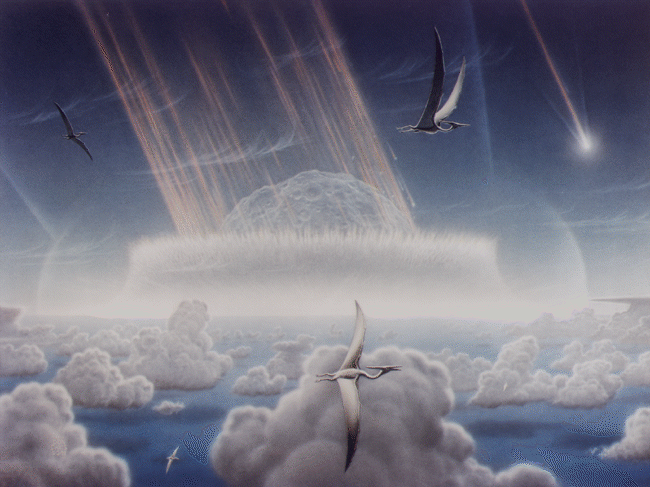
 Copyright © Michael Richmond.
This work is licensed under a Creative Commons License.
Copyright © Michael Richmond.
This work is licensed under a Creative Commons License.
Sixty-five million years ago ....

an asteroid slammed into the Yucatan Peninsula, gouging out a crater 170 kilometers in diameter.

How big is that?
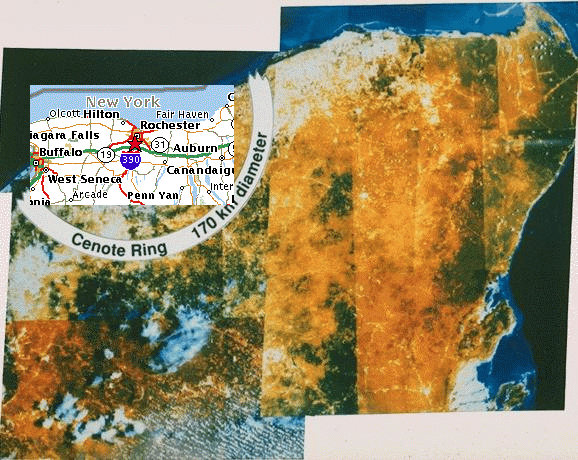
This was not an isolated incident. Asteroids and comets have struck the Earth many times. For example,
The Manicouagan crater in Quebec, diameter 100 km, age 212 Myr:
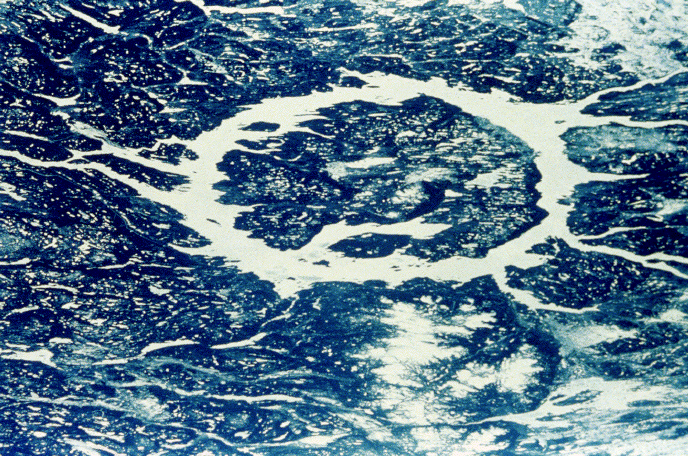
The Clearwater Lakes, also in Quebec, diameters 32 and 22 km, age 290 Myr:
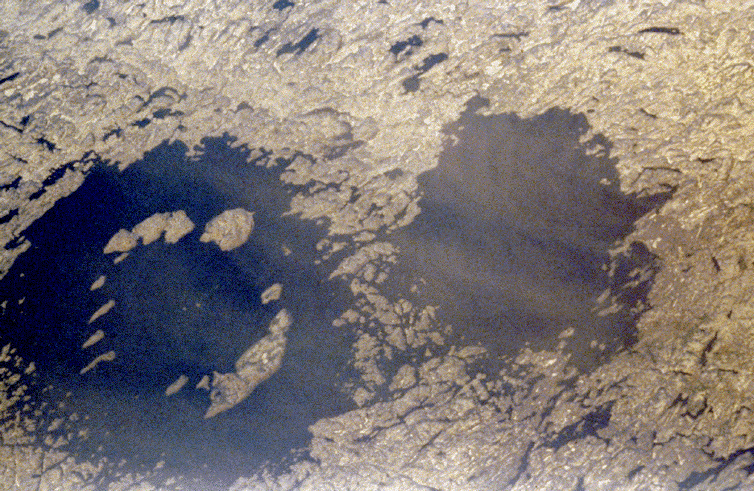
The Bosumtwi crater in Ghana, diameter 10.5 km, just 1.3 Myr old:
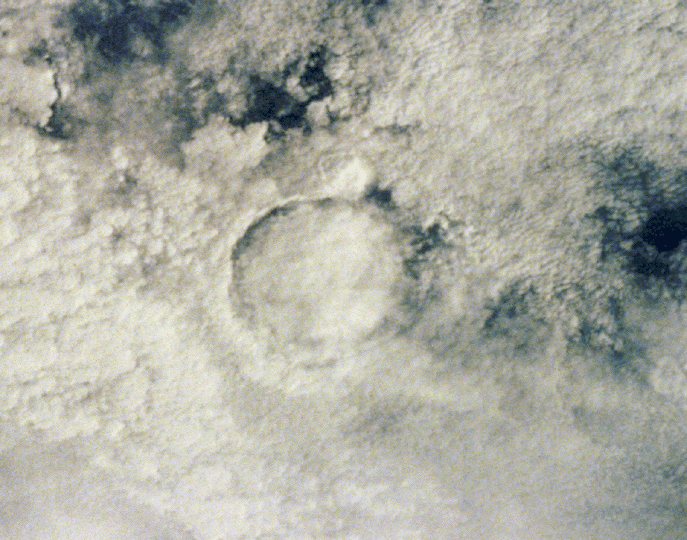
It's just a matter of time until another asteroid strikes the Earth. The questions are:

Can we predict the impact well ahead of time, so that we have years to prepare for it -- maybe even to try to prevent it? A good first step would be to find all the bodies in the Solar System which might strike the Earth. There are a number of searches going on right now, but the major players are
- LINEAR
The Lincoln Near Earth Asteroid Research is funded by the US Air Force and NASA. It demonstrates how equipment originally designed to track satellites can be put to scientific use. The program uses a pair of 1-meter telescopes at the White Sands Missile Base in New Mexico, each equipped with a 2560 x 1960 CCD covering two square degrees.

LINEAR is able to cover about 10,000 square degrees of the sky each month, and detect objects down to about twentieth magnitude.

- NEAT
The Near Earth Asteroid Tracking program, run by JPL, uses 48-inch telescopes located in Hawaii and California. Each telescope has a camera consisting of 3 CCDs, each 4192 x 4192 pixels, covering a total of about 4 square degrees. The cool thing about NEAT is that all its images are archived and made available to anyone on the Internet.
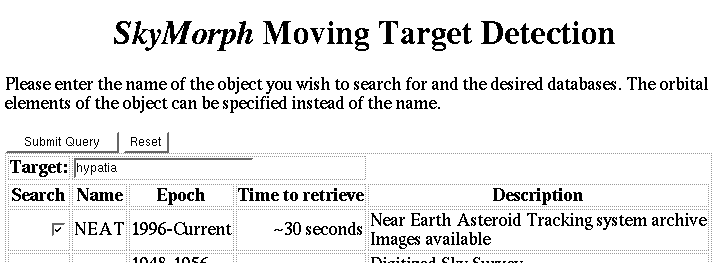
Here's an example of a reference image, taken from the DSS, and a triplet of NEAT images, color-coded Red, Green, and Blue:
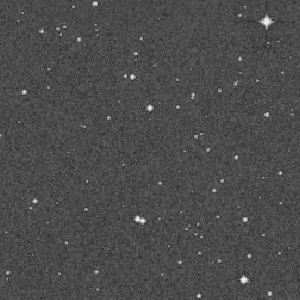
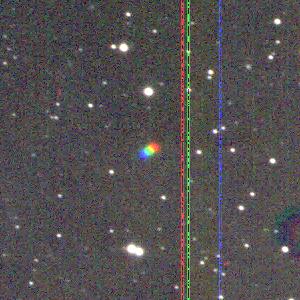

- SpaceWatch
The SpaceWatch program was the first systematic survey of the skies for asteroids to use CCDs. Two telescopes, 0.9 meters and 1.8 meters in diameter, scan the skies from Kitt Peak. Here's an image taken with the 0.9-m telescope and a new array of 4 CCDs, each 4608 x 2048, covering an area of 2.9 square degrees down to magnitude V = 21.7 in a two-minute exposure:
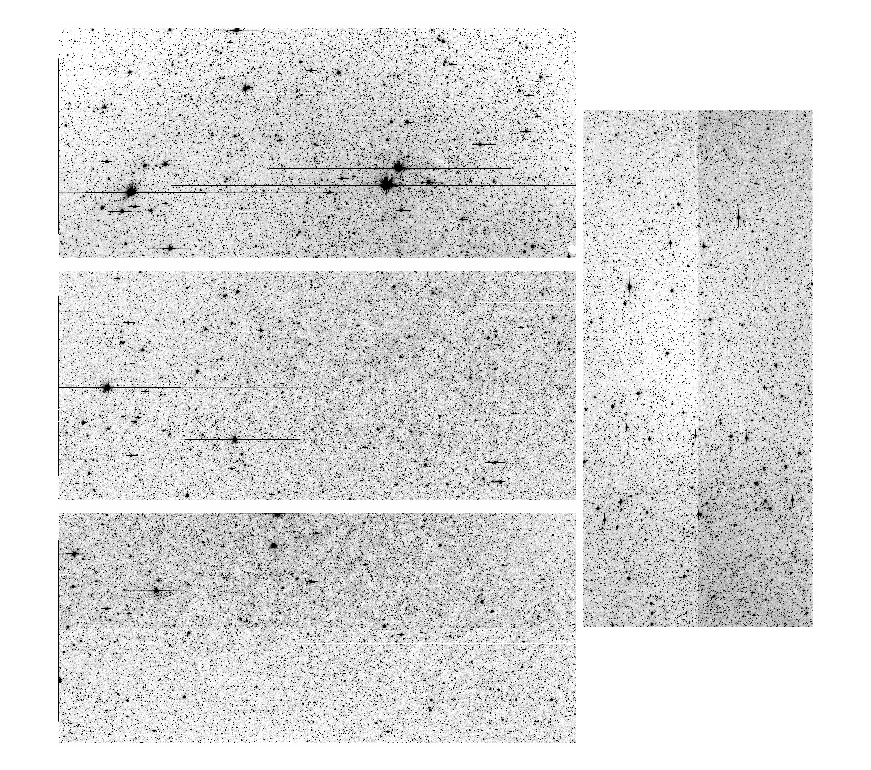

- LONEOS
The Lowell Observatory Near-Earth-Object Search employs a 24-inch Schmidt telescope to search for moving objects. Its strategy is to take repeated images of the same area of the sky, several minutes apart, and look for small changes in position. Here are examples: the discovery images of 2001 OG108, taken 32 minutes apart.

As a group, these professional surveys are finding
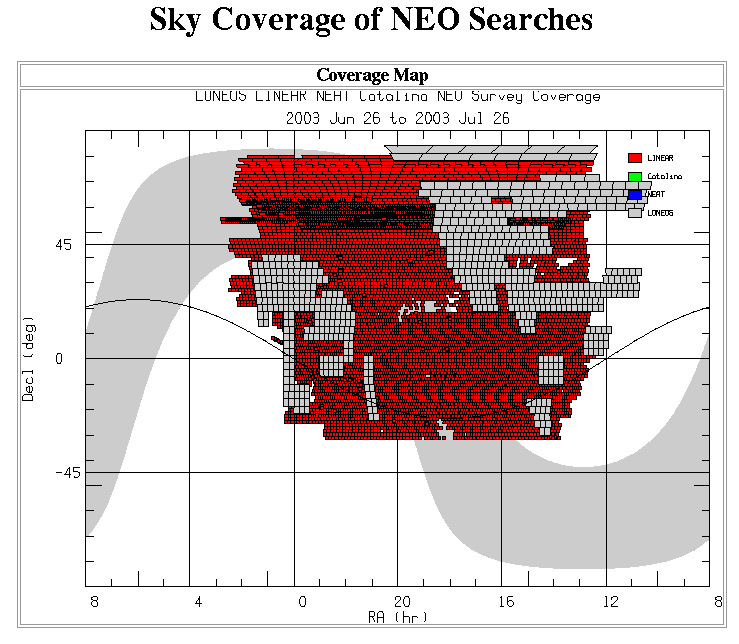
The number of objects discovered each year has been increasing sharply ...
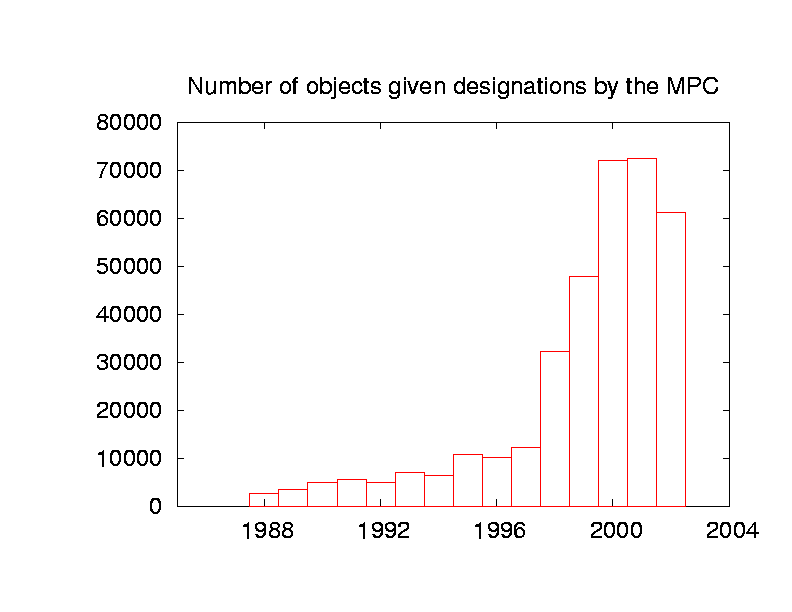
... and these big, automated, professional surveys are responsible for most of the new objects:
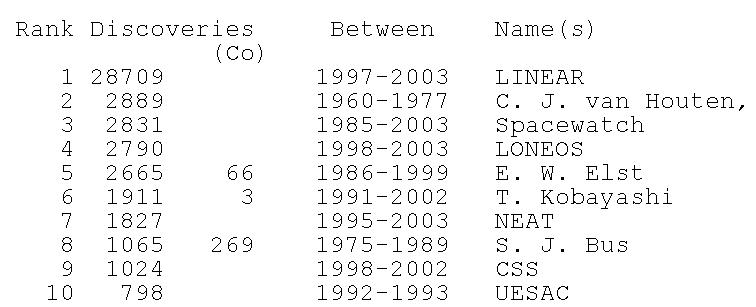
The main goal is to find all the objects more than 1 km in diameter which pass close enough to the Earth to pose a threat in the near future. Just last week, astronomers at the IAU General Assembly in Sydney, Australia, stated that the current surveys would probably find 90% of such dangerous objects by the year 2008.
Now, I'd rather follow Pikachu's advice,


but I guess 90% isn't a bad start.

So, what can YOU do to help?
NEOs are found as they whiz very close past the Earth. They move so fast --- many degrees each day! -- that the discovery images provide only a precarious prediction for their positions the next night. By observing an NEO on a second night, an amateur can confirm its existence, position, and orbit well enough that it may be found easily in the future.
Andrea Milani, an asteroid specialist from the University of Milan in Italy, warned at the recent IAU meeting that many objects are immediately lost:
He suggested that it was not very useful searching for new near-Earth asteroids if the extra work was not also done to check whether there was a risk of a collision. This usually involves alerting astronomers around the world to conduct follow-up observations. Much of the asteroid tracking effort involves amateurs who volunteer their time.
The Minor Planet Center provides one list of objects to observe:

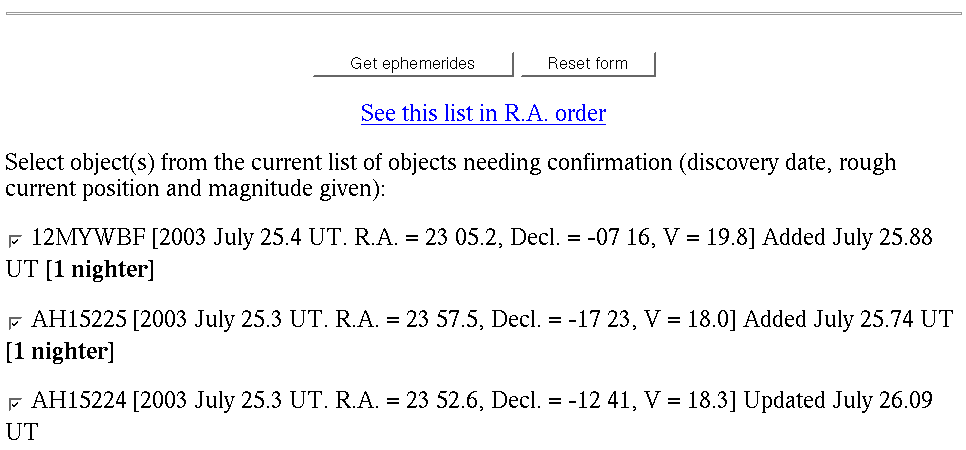
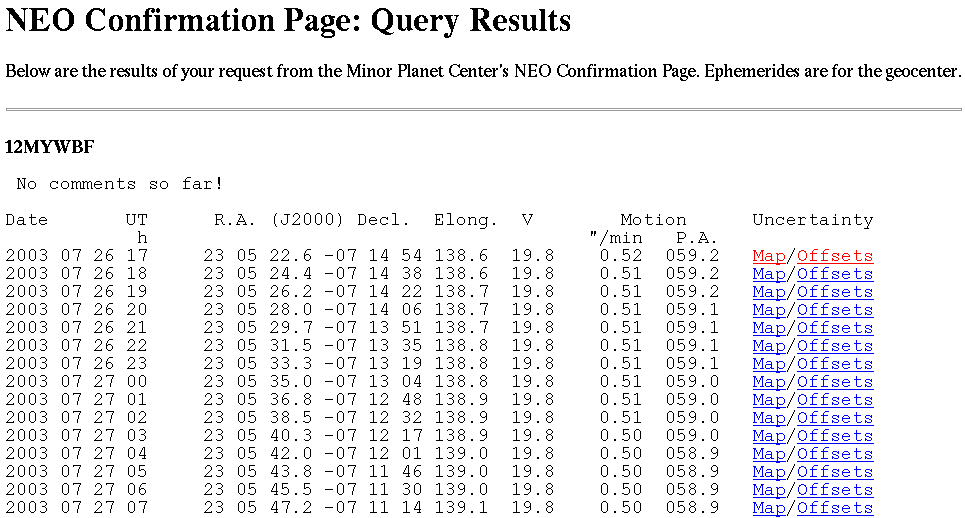

And the SpaceGuard Foundation provides another list:



Suppose that we figure out that a particular asteroid may hit the Earth in the near future. What will the consequences be? The end of civilization, or a pleasant fireworks show for people living near the impact?
In large part, it depends on the Kinetic Energy of the asteroid.
Diameter Mass Kinetic Energy Equivalent
(m) (kg) (Joules)
--------------------------------------------------------------------------
0.08 1 4 x 10^8 200 pounds TNT
0.35 70 3 x 10^10
1 1,600 7 x 10^11 200 tons TNT
2 13,000 5 x 10^12 1.4 kiloTons TNT
5 200,000 9 x 10^13 22 kT = Hiroshima bomb
10 1,600,000 7 x 10^14
30 43,000,000 2 x 10^16 5 MT = Hydrogen bomb
50 200,000,000 1 x 10^17 24 MT = Mt. St. Helens
100 1,600,000,000 7 x 10^17 180 MT
1000 1,600,000,000,000 7 x 10^20 180,000 MT
--------------------------------------------------------------------------
So how can we calculate kinetic energy? Simple:
1 2
KE = --- * M * v
2
All we need to know is the mass of the body, M, and its velocity, v.

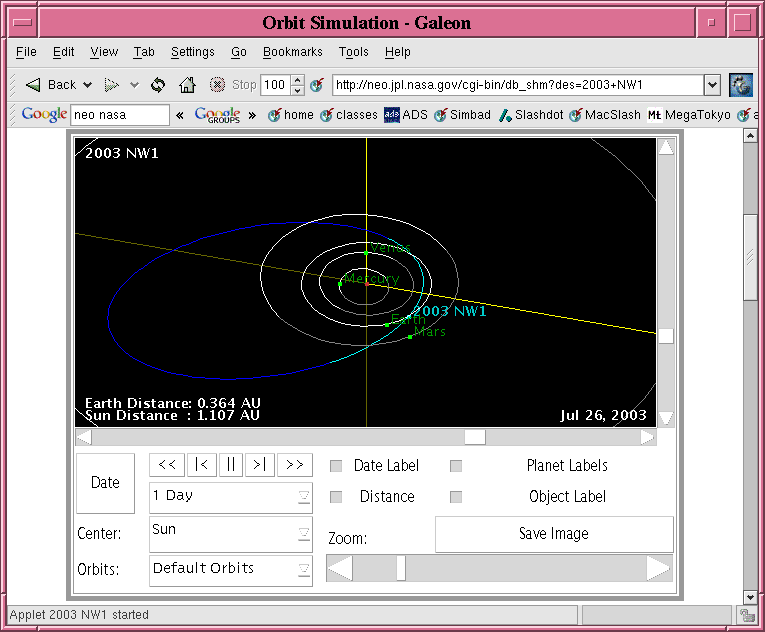
We already know the orbit of the Earth very well. It's easy to figure out the relative velocity of the asteroid and the Earth at any time. A typical value is around 30 km/sec.

C'mon, guess
The answer (according to James L. Hilton of the US Naval Observatory is ....

... 15. But why so few?
How can one measure mass of an asteroid?
Direct methods (good)
- Inertia
- Push it with a known force and measure its acceleration.
- Gravity
- Measure the gravitational effects of the asteroid on some other object
Indirect methods (bad)
- Estimate size, shape and density
- Multiply the estimated volume times the estimated density to guess the mass
The direct methods are best. We can't yet push on asteroids, but we can measure their gravitational influences in three very different ways.
- Perturbations on other asteroids
Very difficult, and works only for the most massive asteroids which happen to pass relatively close to other asteroids.
- Perturbations on passing spacecraft
Several spacecraft have flown past asteroids close enough to take pretty pictures ....
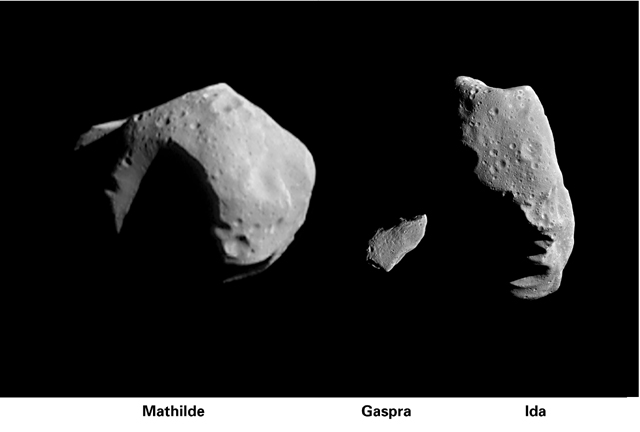
... and to have their motions deflected measurably.
NEAR: Mathilde, Eros
Galileo: Dactyl, Ida, Gaspra
- Orbits of binary asteroids
In recent years, a number of asteroids have turned out to be binaries: two bodies orbiting around each other as they fly through the solar system. Here are the members of 90 Antiope, as seen by the CFHT on Mauna Kea:
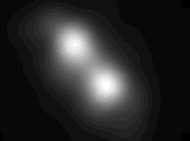
Radar observations of 2000 DP107 show an 800-meter primary circled by a 300-meter secondary:

If we know the period and size of the orbit, we can use Kepler's Third Law to determine the total mass of the binary.
There are fewer than fifty known binary asteroids, but astronomers suspect that they may be common. Is there any way to tell if known asteroids are actually binary?
The Collaborative Asteroid Lightcurve Link (CALL) allows amateur astronomers to combine their efforts by mounting intensive campaigns on particular asteroids. If a light curve displays periodic, sudden dips, it may indicate binarity.

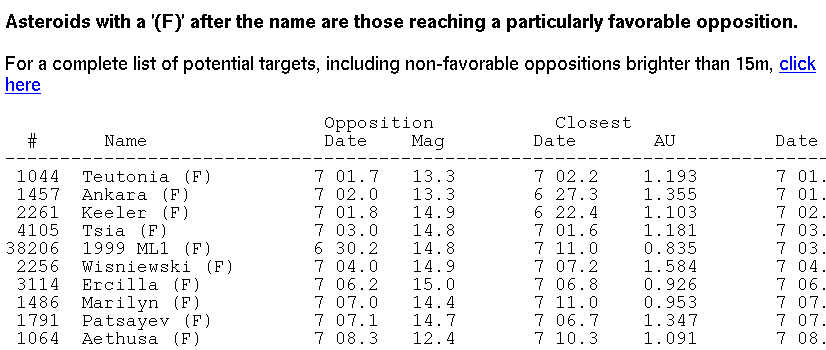
Unfortunately, we must rely on an indirect method to estimate the masses of 99.99% of all known asteroids. How does it work?
mass M = (volume) * (density)
That takes two guesses and an estimate. Bleah. The result is sure to be in error by a factor of 50%, and perhaps by a factor of 2 or 3. The most critical step is determining the size of the object, and guessing the albedo is a rotten way to do it. Is there any way to improve measurements of asteroid sizes?
- Visit with a spacecraft, or in person. Works well, but costs a LOT of money. Rats.
- Resolve with a telescope. For example, Vesta seen by HST:
or Toutatis, as seen by radar from the ground:
Unfortunately, HST can only resolve a very few asteroids, and radar imaging only works for the few objects which pass very very close to the Earth (and provide lots of lead time).
- Observe occultations of stars by asteroids. The size of the shadow is the size of the asteroid. Each observer records the time that the star winks out as the asteroid covers it, and re-appears as the asteroid moves past. That provides a single chord through the asteroid's body. With lots of chords, one can measure the size and shape very accurately.
For example, asteroid 381 Myrrah passed in front of gamma Geminorum as seen from Japan in 1991:
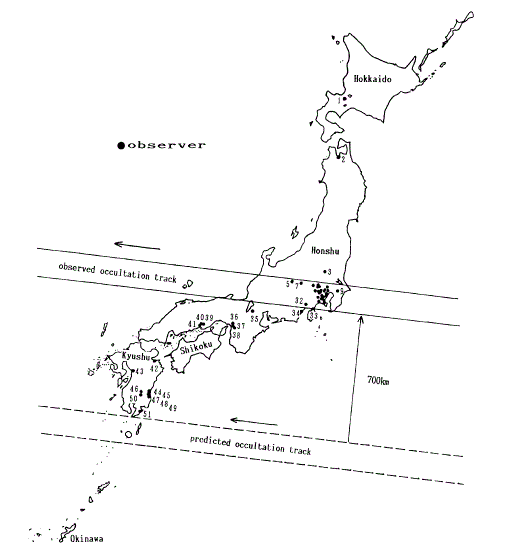
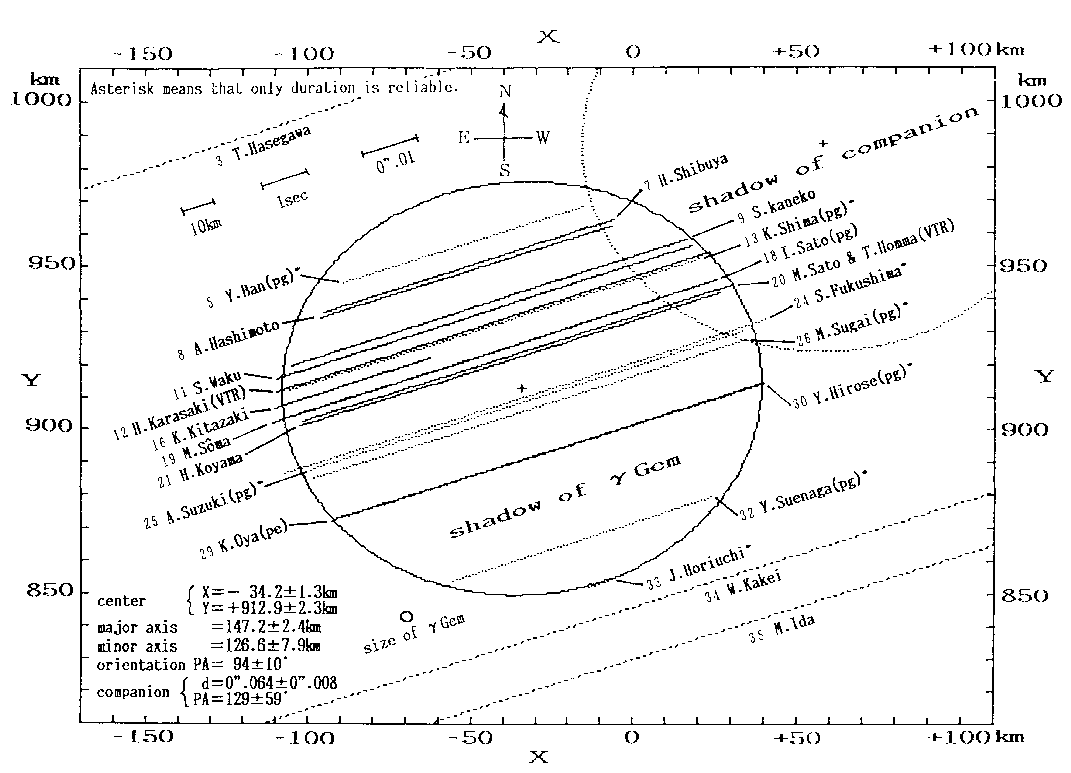

Another good event occurred in 1983, when 2 Pallas covered the star 1 Vulpeculae for observers in the southern US.
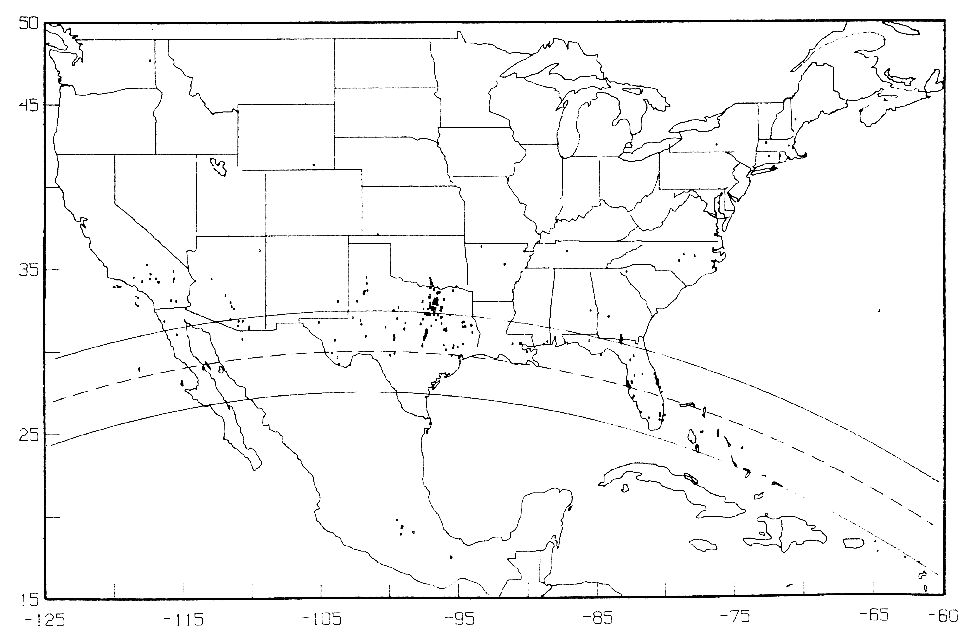
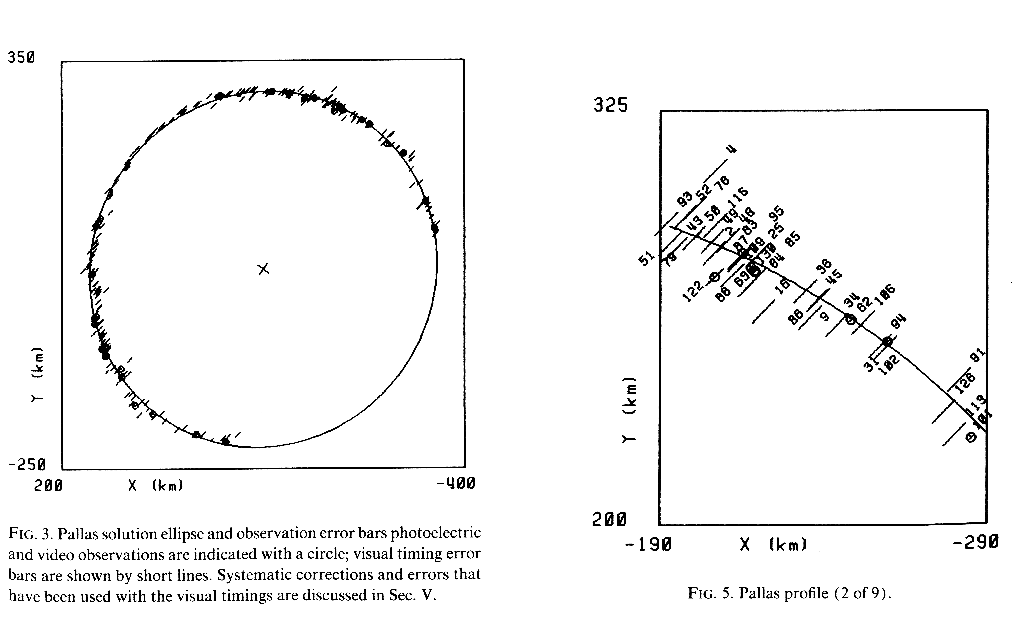

A recent event: asteroid 420 Bertholda passes in front of TYC 5757-00353-1 on Aug 26, 2003, as seen from Europe.



Steve Preston's Asteroid Occultation Page provides the very latest predictions for occultations around the world. Let's see what's happening this week:
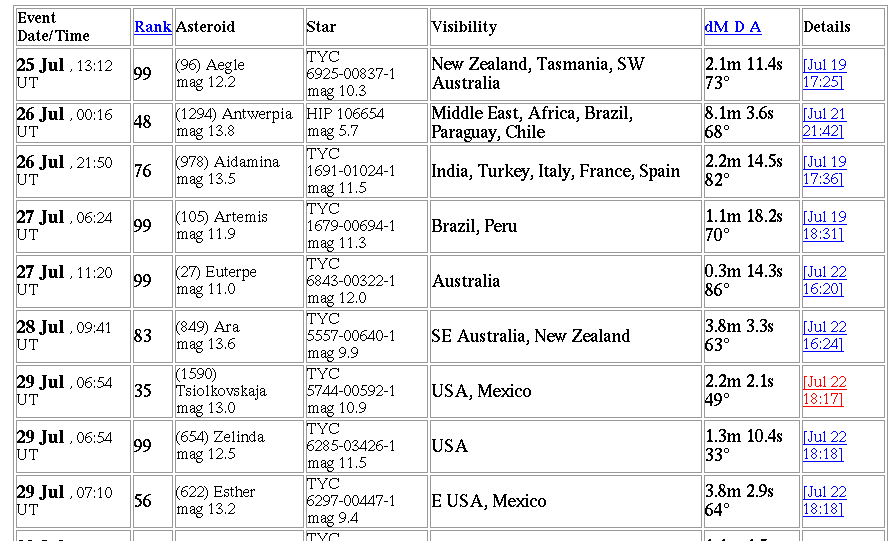
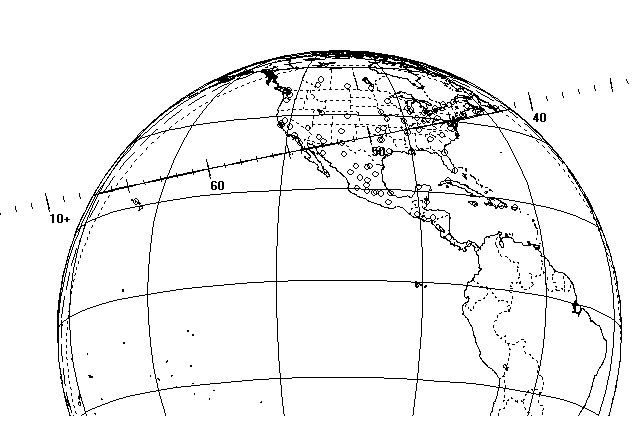

This one looks like it will miss our area. But there are plenty of other possibilities each year. All you need is a telescope and a good watch (though you may use video cameras and other equipment if you have them).


You can do something to help astronomers to learn more about asteroids, in general, and about those asteroids which might be headed our way.
As a final note, compare the cost efficiency of two different methods of measuring asteroid sizes.
Cost Precision Efficiency
($) (%) (% per $)
---------------------------------------------------------
HST direct imaging
timing occultations
---------------------------------------------------------
 Copyright © Michael Richmond.
This work is licensed under a Creative Commons License.
Copyright © Michael Richmond.
This work is licensed under a Creative Commons License.